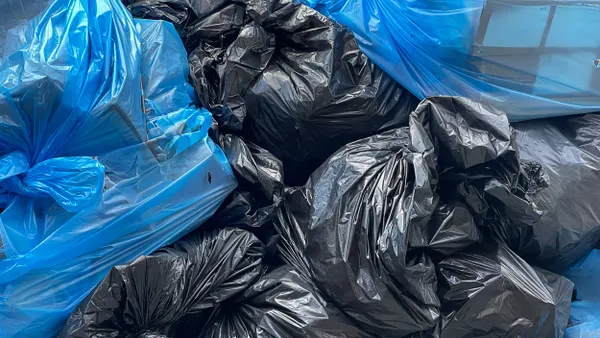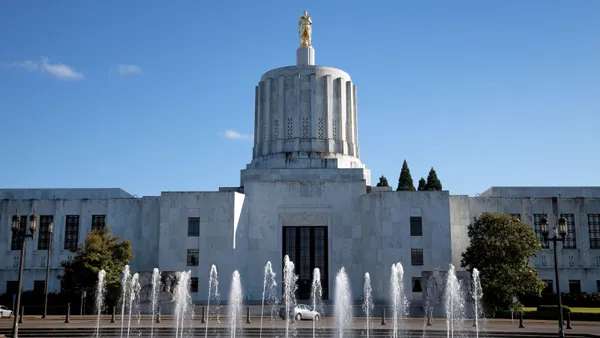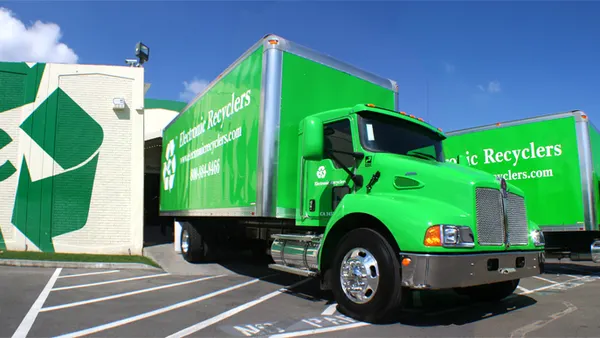Dive Brief:
- Governor Andrew Cuomo's proposed Food Recovery and Recycling Act, which would have required commercial establishments that generate more than two tons of food waste per week to divert it for recycling, was not included in New York's final FY18 budget agreement.
- Within $14 million budgeted for municipal waste reduction and recycling projects, $3 million was dedicated to "projects for food donation and the recycling food scraps."
- A Farm to Food Bank tax credit was also included in the budget, allowing farmers to claim 25% of the market value of donated food to help cover related costs. Each farmer can claim up to $5,000 per year.
Dive Insight:
New York's budget negotiations were more complex than usual this year, extending nine days beyond the deadline and leaving a variety of less urgent proposals behind along the way. Groups such as the New York League of Conservation Voters have pledged to continue working for food waste diversion to become law by the end of the current legislative session in June, and the state has also reaffirmed its support for the concept.
"Although the Food Recovery and Recycling Act was not included in the budget agreement, the enacted budget includes an additional $2 million for local governments to support expanded food donation and food recycling," a spokesperson for the Department of Environmental Conservation (DEC) told Waste Dive via email. "DEC will continue to pursue opportunities to recycle more food and divert more food waste from landfills."
Among these efforts are $2 million for food bank infrastructure and $4 million for assisting large generators with organics diversion from the Empire State Development Corporation. Last year, the DEC also awarded $3.7 million in grants to assist municipalities with organics diversion infrastructure through a program called Climate Smart Communities.
Cuomo and his state agencies have recognized the economic and environmental benefits of food waste diversion in the past, supporting major projects such as the American Organic Energy anaerobic digestion facility currently being built on Long Island. A recent report from the New York State Energy Research and Development Authority (NYSERDA) estimated that enacting a commercial diversion requirement could yield at least $15 million in potential net benefits during the first year of implementation. That same report estimated about 3% of the 3.9 million tons of food waste generated in the state each year are diverted.
As seen in states such as Vermont, focusing on increased food donation can also make a difference and the case for helping municipalities expand composting sites is easy to make as well. Yet without the type of commercial organics diversion requirement that already exists in New York City, it may be hard to encourage participation among the nearly 1,700 generators around the state that would have been affected by this law. While some are already doing it, sufficient processing capacity isn't currently available or accessible in all parts of the state. A comprehensive policy could help change this and would make New York the largest state in the Northeast to adopt one.











